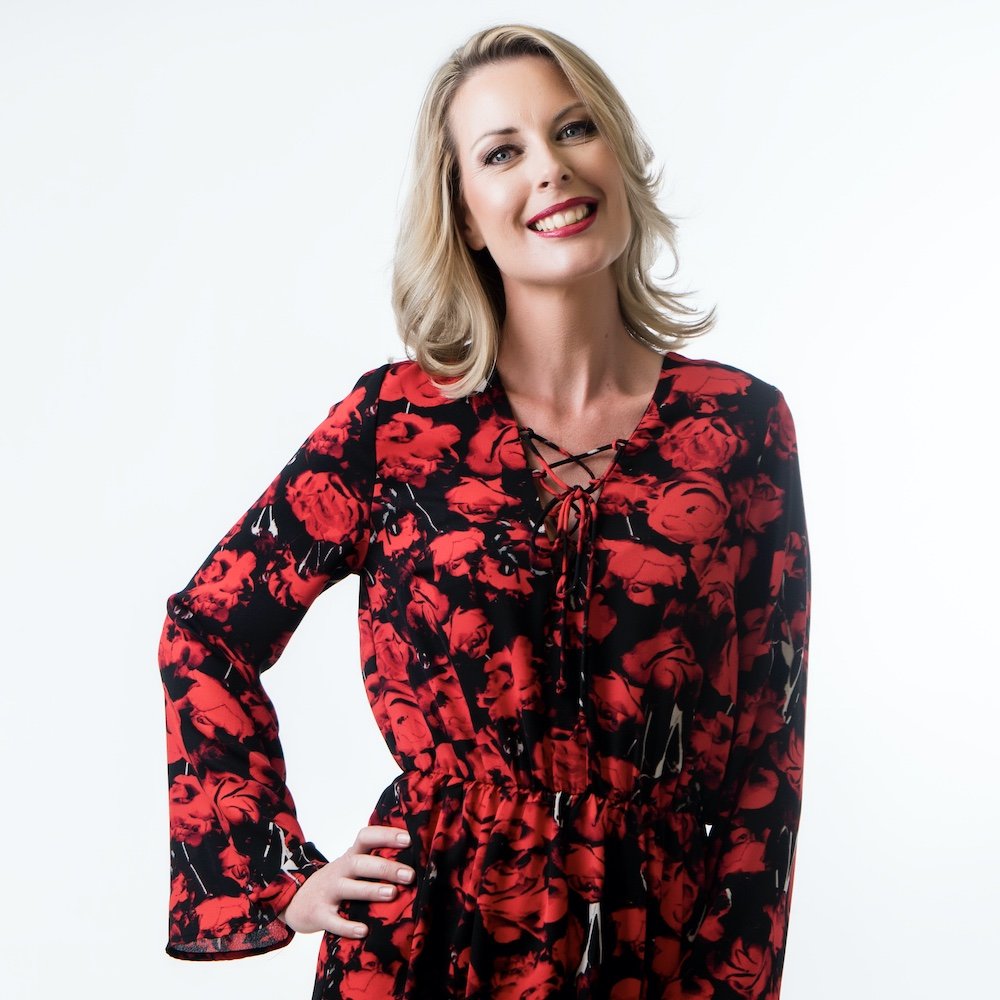by Kathryn Main
The term “emergency fund” refers to money put away that people can use in times of financial distress. The purpose of the emergency fund is to improve financial security by creating a safety net to help cover unforeseeable, high-cost expenses which, in its absence, could have catastrophic effects on your financial situation.
The purpose of an emergency fund is simple, it is money you've set aside to be able to pay for life's unexpected events without getting into debt.
Having an emergency saving fund will relieve stress and give you peace of mind as you know that you have a financial safety net if you need one due to job loss.
A saving fund can prevent you from going into debt - Using credit cards and overdrafts incurs interest and you will pay back more if you borrow money for your emergencies.
Your saving fund can make you money if you keep the cash in an income bearing bank account. You will earn interest. If you put that interest into a tax-free savings account, you can benefit from not paying tax.
What characteristics of an investment vehicle are important for emergency funds?
Save your money in an interest-bearing bank account that has easy access. Compare which savings accounts will give you the best interest and the cheapest bank charges.
You could join a stokvel or start a stokvel.
If you consider yourself to be more of a high-risk individual you could try growing your money through investing on a platform like www.easyequities.co.za and put all of your dividends into a tax-free savings account.
What steps should one take to establish an emergency fund?
Step 1
Make a decision on how much money you are going to save each month towards your emergency fund. I would suggest setting yourself some financial goals. Set yourself some smaller goals first and achieve those and them move onto bigger goals. Saving is a mindset and needs to be a habit that is created. Challenge yourself to save 2 months’ worth of living expenses as a start and once you have achieved that make a bigger goal.
Step 2
Decide on the saving mechanism you want to use and do the required research on the pros and cons and costs involved. Make sure to get the highest interest rate with the least bank fees and make sure you can access your money when you need it.
Step 3
Try and automate the saving process. Set up a debit order on the day you get paid so you are not tempted to spend that money.
Step 4
Don’t take on anymore debt. When we have high debt payments we can’t afford to save. If you have debt try prioritizing paying it off. This will free up more money for you to save.
Step 5
Update your budget to include your new saving amount.
We cannot plan for all of the financial threats that will come our way in life but having an emergency saving fund will stop those financial threats from destroying our financial well-being. Emergency funds are there to be used in emergency situations like loss of a job or death of a family bread winner. I would suggest a minimum of 12 months’ worth of living expenses be saved in the bank. We can’t always predict the future but we can be prepared for it.
It’s never too late or too early to get Money Savvy.
Welcome to the Money Savvy Revolution!
If you are looking for words to describe Kathryn Main, CEO the Money Savvy brands, quirky, determined, visionary and masterful are just some that spring to mind. Kathryn is an author and award winning businesswoman and has won awards for her advertising agency as well as Money Savvy Kids. Kathryn has a passion to change the face of education on the African continent through financial literacy education and training. The Money Savvy brands are revolutionizing the way financial knowledge is disseminated to younger generations of South Africans. Money Savvy Kids + Teens promotes in youth the skills, knowledge attitudes and behaviors required to be financially independent.
More articles by Kathryn














